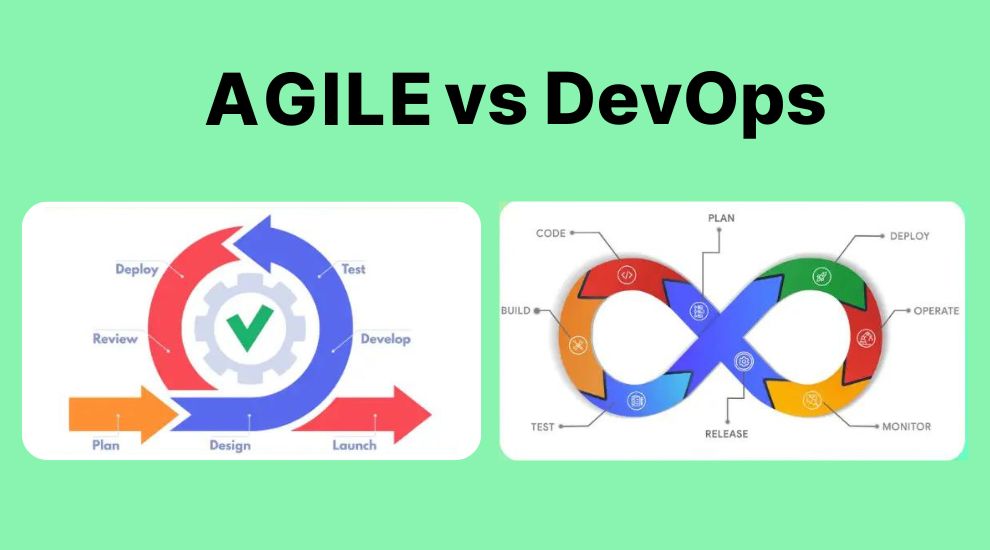Application Development Costs – 7 Key Factors
Application Development Costs – 7 Key Factors

Introduction
Creating a custom application involves many different elements that can have a big impact on how much the project will cost. It’s important for both businesses and developers to understand these factors so they can budget and plan effectively.
In this blog post, we will explore the seven main factors that can affect the cost of developing an app, giving you important information for your next project.
1. Project Scope and Complexity
The cost of developing an application is heavily influenced by the scope and complexity of the project. When determining the project scope, it is important to clearly define the specific objectives, features, and functions that will be included in the app.
Having a well-defined scope gives developers a roadmap to follow, which can help prevent misunderstandings and changes during the development process. However, as the complexity of features and functions increases, so does the time and resources needed for development, resulting in higher costs. Assessing the complexity of features involves evaluating how intricate the functions are, as well as determining integration needs and technical challenges.
Features like real-time data synchronization, complex algorithms and third party software integration can contribute to the overall complexity of the project and therefore, the costs.
Scope Creep
Identifying potential scope creep is essential as uncontrolled changes or additions to the project scope mid-development can lead to delays and increased costs. It’s crucial for businesses to prioritize features and functionalities based on their impact and necessity to mitigate scope creep and manage costs effectively.
2. Technology and Platform Selection
Picking the right technologies and platforms for application development can make a big difference in costs. It’s important to choose the best technologies and frameworks that fit the project needs well. Whether it’s for the web, mobile, or desktop, each platform has its own costs to consider like licensing fees, hosting, and infrastructure.
The scalability and flexibility of the technologies chosen are also key for future growth and updates, which can impact the project budget. So, it’s crucial to carefully assess these factors to minimize development expenses and ensure project success.
3. Development Methodology
When evaluating various development methodologies, it is important to consider how each one affects the cost of application development.
The Waterfall method follows a strict, step-by-step approach, but making changes can be expensive once the development process has started.
On the other hand, Agile methodology provides the flexibility for iterative improvements, potentially lowering overall costs by adapting to changes more smoothly.
DevOps focuses on teamwork and automation, which can streamline operations and reduce expenses over time.

Being familiar with these different approaches helps companies assess the trade-offs between speed, flexibility, and expenses, allowing them to select the method that best suits their project needs and financial limitations.
4. Resource Allocation and Team Composition
When it comes to software development, how resources are allocated and teams are put together can really impact the final result and how much money is spent.
Making sure that the best people are working on the right tasks based on what the project needs are is key to efficient resource allocation. Companies can increase productivity and reduce waste by matching skills with project requirements, which helps to avoid unnecessary costs.
Hiring In-house Developers vs. Outsourcing
When it comes to deciding whether to develop something in-house or outsource it, there are a lot of factors to consider.
Building it in-house gives you more control and lets you tailor everything to fit your company’s culture. However, it can also bring higher expenses like salaries, benefits, and infrastructure costs.
Outsourcing your software development, on the other hand, can give you access to specialized skills at a potentially lower price. But it might also come with more management and communication challenges.
Considering the Costs Associated with Hiring and Managing a Development Team
When building a development team, it’s important to consider more than just salaries. Other expenses like recruiting, training, and retaining staff can have a big impact on your project budget.
In order to keep costs down, it’s crucial to manage your team effectively and make sure they are productive and engaged.
5. Quality Assurance & Testing
Effective testing is critical to guaranteeing that custom applications are functional, reliable, and secure. Yet, many overlook the importance of allocating enough resources for thorough testing and quality assurance. Neglecting to properly budget for testing can result in expensive consequences such as unnoticed bugs, performance problems, and security vulnerabilities after deployment.
Identifying Different Types of Testing
There are various stages of testing in software development that each serve different purposes. Unit testing, integration testing, and user acceptance testing are all important for identifying and fixing defects. However, each type of testing also comes with its own costs, including expenses for tools and infrastructure, as well as the time and expertise needed for execution.
Assessing the Costs of Bug Fixes and Iterative Testing Cycles
It is common to expect bug fixes and multiple rounds of testing during the software development process. Fixing bugs and making improvements can take up a lot of time and resources, resulting in extra costs due to delays, redoing work, and potential project deadline extensions. Therefore, accurately estimating and planning for these expenses is crucial for effectively managing the overall costs of custom application development.
6. User Experience – UX Design
Often overlooked (especially by solely technical personnel), the approach to user experience design can make or break your application success.
User-Centric Design Principles
Prioritizing user-centric design principles is essential for creating applications that resonate with users and deliver exceptional experiences. However, this focus on user experience (UX) design entails upfront investments in understanding user needs, preferences, and behaviors.
Assessing the Costs of UX Research, Wireframing, and Prototyping
User experience research, creating wireframes, and building prototypes are crucial parts of the design process. They help designers improve concepts and solutions by taking in user feedback.
However, these tasks come with expenses for research tools, designer pay, and software licenses for prototyping.
Balancing UX Design Costs with the Value it Adds to the Application
Investing in UX design improves user satisfaction and engagement, but it’s important to consider the overall value it brings to the application. Balancing these factors efficiently will optimize ROI and provide a seamless user experience.
7. Maintenance and Support
It is essential to prioritize ongoing maintenance and support services to sustain the effectiveness and longevity of custom applications. Unfortunately, many businesses neglect budgeting for these critical services during the initial development phase, resulting in unforeseen expenses later on.
Assessing the Costs of Bug Fixes, Updates, and Upgrades
Dealing with bugs, making updates, and performing upgrades are all essential duties in maintaining software, each coming with their own expenses. Fixing bugs and incorporating updates necessitate developer time, testing, and deployment, all adding to the total maintenance costs.
Planning for Long-term Support and Maintenance Costs
Support and maintenance costs over time involve monitoring, troubleshooting, and optimizing performance. Anticipating these expenses from the start helps companies allocate resources effectively and prevent unexpected financial challenges as the application develops.
Taking a proactive approach to managing support and maintenance costs ensures the ongoing success and value of custom applications.
Conclusion
Ultimately, it is crucial for both businesses and developers to comprehend the primary factors that affect application development costs.
Elements such as project scope, complexity, technology choice, development approach, and team makeup all play significant roles in determining total expenses.
Quality assurance, user experience design, and ongoing maintenance and support also have a notable impact on long-term costs and the success of a project.
By focusing on budgeting and proper planning for these components, organizations can maximize resources and facilitate the effective creation of bespoke applications.
If you require guidance or support in navigating these intricacies, our team is available to offer expert consulting and application development services. Get in touch with us today to streamline your custom application development process and maximize your return on investment.

